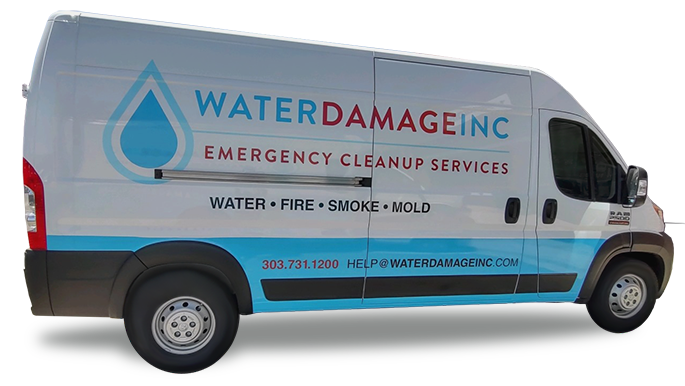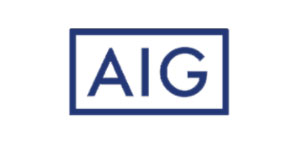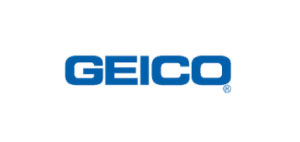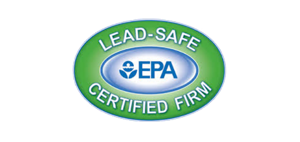How do you create a remediation strategy that ensures regulatory compliance and improves quality? To tackle environmental issues or manage risk, a good plan must be detailed and clear. It needs both strategic planning and specific goals to fix problems and get better constantly.
Key Takeaways
- A remediation plan must address specific deficiencies and aim for regulatory compliance.
- Setting clear goals and objectives is essential for driving quality improvement.
- Actionable steps should be outlined to ensure the remediation strategy is practical.
- Regular evaluation of the plan’s effectiveness is critical for sustained progress.
- Environmental remediation efforts often require specialized approaches.
- All stakeholders should be engaged in the development and implementation process.
Introduction to Remediation Plans
Remediation plans are important strategies to fix any problems found in areas like health, the environment, or data security. They help prevent issues and correct problems, which makes things safer and better. These plans follow internal and external rules carefully.
Such plans are usually needed after an evaluation or risk check. These finds point out the weak spots, starting a process of making things better.
The main goal of a good remediation plan is to turn these insights into useful actions. This makes sure every risk is dealt with, leading to big improvements and sticking to rules.
Key Components of a Remediation Plan: Goals and Objectives
An effective remediation plan starts with clear goals. These goals point out what the plan aims to fix or improve over time. They set a path for the whole plan to follow.
Next are the objectives, the steps to hit those goals. Each objective must be Specific, Measurable, Achievable, Relevant, and Time-bound (SMART). This makes it easy to see what actions are needed, who does them, and when they should finish.
SMART objectives are like a map to success for any organization. They make things clear, trackable, doable, and focused on what really matters. Adding deadlines in makes everyone move faster to get things done.
The plan should also tackle issues head-on with corrective action. This makes sure the plan isn’t just reacting but is also looking ahead. Combining fixes with future goals keeps the plan strong and active.
So, a good plan needs clear goals, SMART steps, and a way to fix problems. With these parts working together, the plan is ready to face its challenges and win over time.
Actionable Activities and Measures of Effectiveness
A successful remediation plan needs specific activities. These are picked after looking into an organization’s problems. It’s important to focus these activities to fix certain issues and reach set goals.
Key steps make sure that issues are fixed well:
- Identifying and categorizing issues: This step ranks issues by how urgent and serious they are.
- Developing a comprehensive action plan: It details how to handle each problem, what resources are needed, and when things should be done.
- Executing remediation activities: This is about doing the planned steps, making sure to do it on time.
- Continuous monitoring and adjustments: Regular checks are done to see how things are going. Changes are made if needed to keep on track.
It’s vital to have clear ways to check if the plan is working. These ways must be both number-based and how well goals are being met. This line of checks includes:
- Defining key performance indicators (KPIs): Pick measures that show directly if the plan is successful.
- Regularly assessing progress: Keep checking if the KPIs are meeting the goals.
- Updating stakeholders: Everyone involved should know how the plan is going and if any changes are made.
- Documenting outcomes: Keep a detailed record of what was done and the results. This is for later use and to make things better.
By doing planned activities and measuring them well, organizations see real improvements. Following these steps doesn’t just solve current problems. It also makes operations better overall.
What Should a Remediation Plan Include?
A good cleanup plan should be detailed and clear. It needs to describe what actions will be taken to clean up a site. And it must also have a strong plan for keeping the environment clean.
- Risk Analysis: At first, experts look at the risks. They check how bad the pollution is and what it might do to people’s health.
- Regulatory Compliance: The plan must follow the law. It needs to meet state and federal rules to make sure the cleanup is done right.
- Cleanup Actions: It’s essential to have a clear list of what will be done. This could include digging up soil, cleaning water, and getting rid of harmful wastes.
- Monitoring and Maintenance: After cleanup, checking things regularly is important. It helps solve any new problems and keeps the area safe.
- Stakeholder Communication: Talking openly with the public and officials is key. It builds teamwork and trust during the cleanup.
- Professional Input: Working with scientists and engineers is a must. They make sure the cleanup methods are safe and right for the job.
A careful plan that covers these steps well is the best way to deal with pollution. It deals with pollution, keeps things safe, and meets all the needed rules and laws.
Conclusion
Comprehensive plans are key for better environmental health and data safety. They help organizations stick to rules and improve how they fix problems.
Effective plans look closely at problems and set smart goals. These goals make sure everyone knows what to do to get better. This way, we can always work towards safer environments and keeping data secure.
Keeping an eye on how things are going is very important, too. This means checking if the plan is still meeting its goals and rules. By always working to be healthier, companies can lower dangers and keep their people safe. This way, planning carefully helps our world grow more safely and teaches us to care about following rules and staying strong.






















